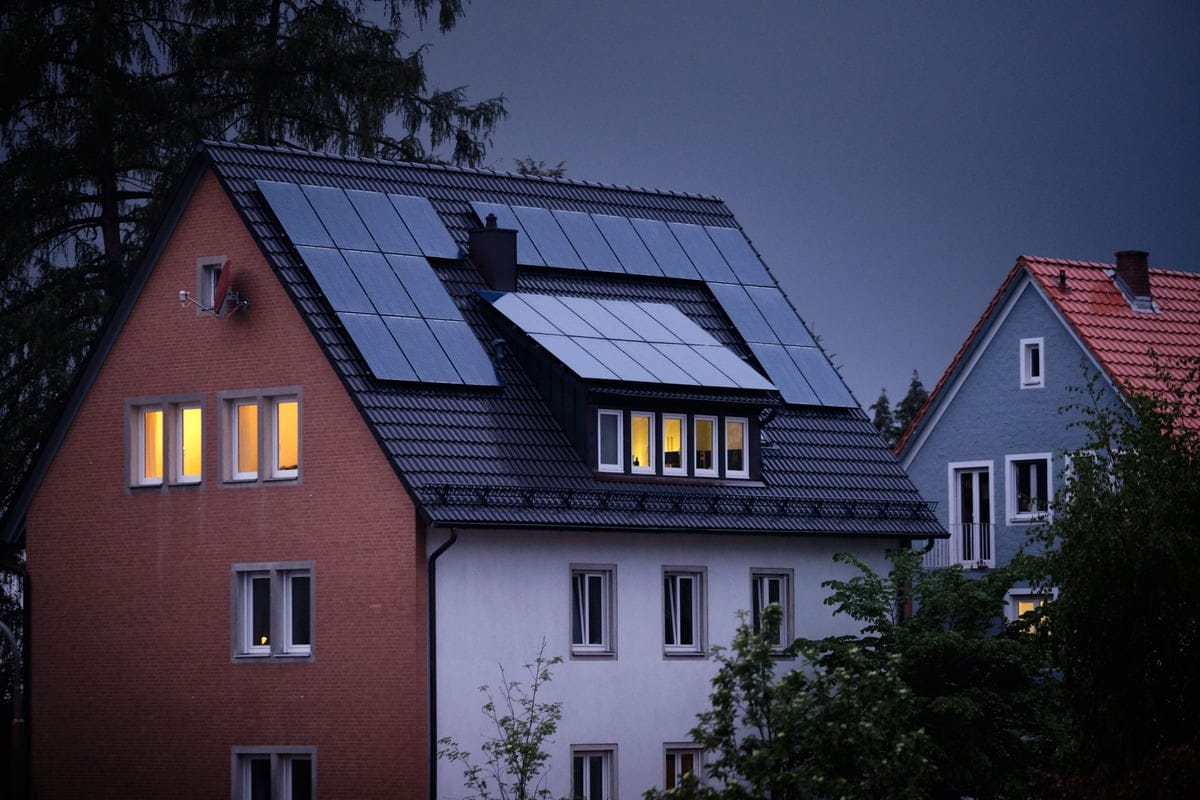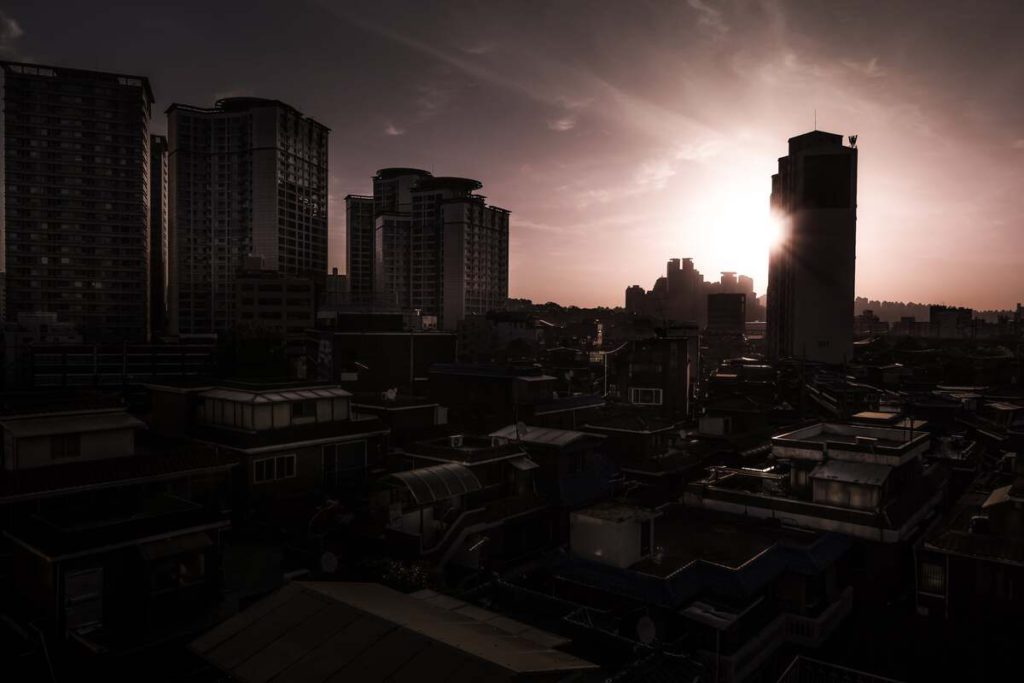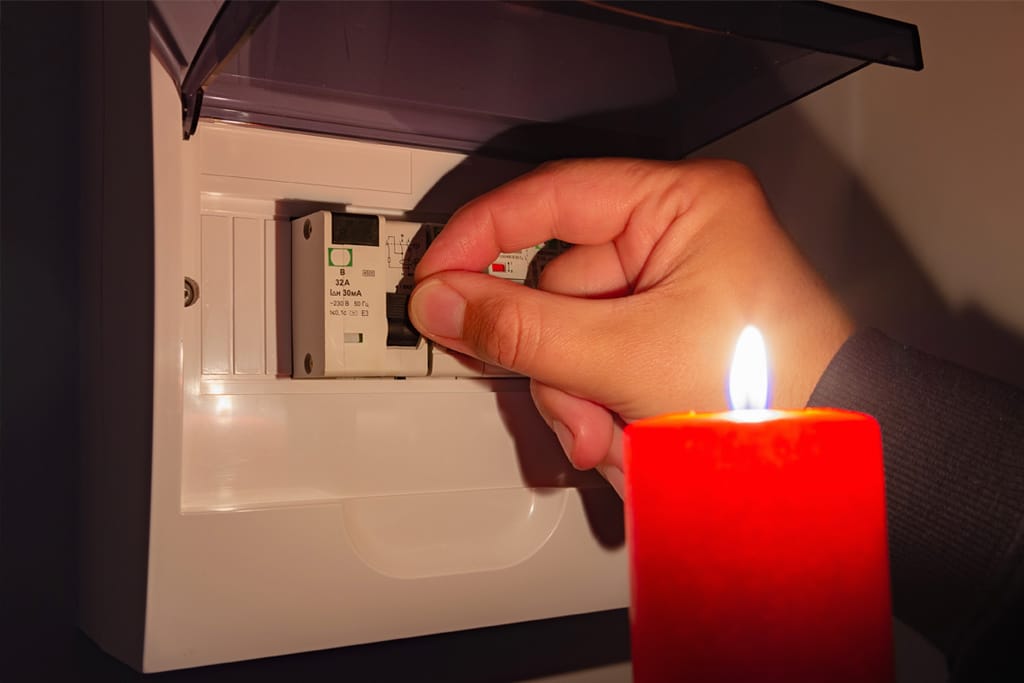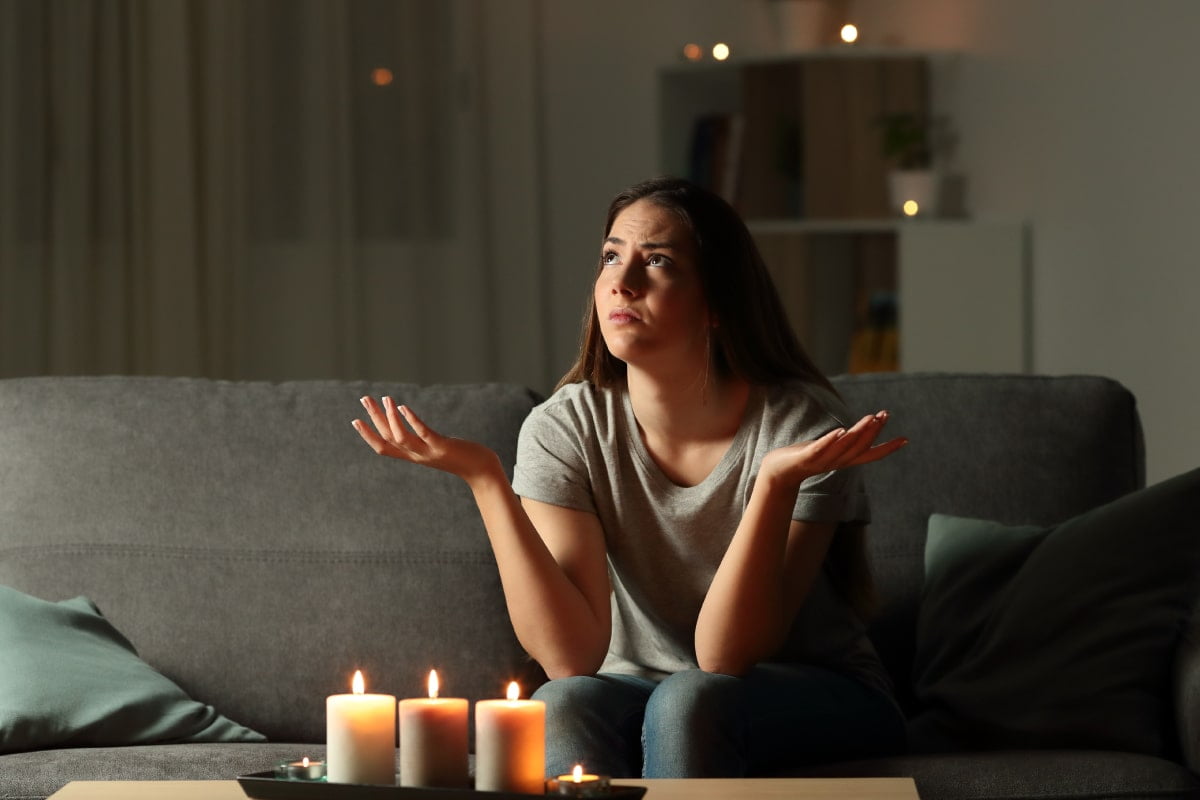As you know, California has a history of recurrent rolling blackouts that stem back for two decades. You might be wondering what rolling blackouts are. There are pre-planned power outages because of a lack of supply for demand in the electricity grid. Let’s go deeper into this and analyze the historical blackouts in California and how to stop them.
The History of Blackouts in America

There have been many infamous blackouts in American history. Most widely known as the worst blackout in the USA was in 2003. It was named the northeast blackouts. Depending on where the residents lived, they lost power spanning from 2 hours to 4 days. This power outage affected parts of the northeastern and midwestern US states as well as Ontario in Canada.
There was also the 2011 Southwest blackout, one of the largest in California, during which 2.7 million people affected were left without power for over 12 hours. Around $15 million worth of food had to be thrown away from affected grocery stores. Its effects were devastating.
Another was the 2012 Hurricane Sandy, during which 24 states were affected, with millions of Americans left without power and water for two weeks! An estimated $18 billion in damages happened in New York alone.
Additionally, the 2000-2001 California electricity crisis was a situation in which California had a shortage of electricity supply. Capped retail electricity prices were one of the many reasons that caused the lack of supply. This outage caused the state to suffer multiple large-scale blackouts and was the reason for one of the state’s largest energy companies to collapse.
Solar Power Can Combat Rolling Blackouts

The first rolling blackouts in California give people incentives to look into ways to protect themselves from these large scale outages. One of the worst California rolling blackout consequences is the loss of power for days on end. In some households, it is a matter of safety to keep the power running even in outages.
Solar panels have come a long way since they had installed the first generation in New York in 1884. Current PV cells boast a 15-20% efficiency compared to the 1-2% considered innovative in the 19th century. Solar panel technology has evolved beyond recognition. Enough to charge several handheld devices with a single page-sized panel efficiently.
You can implement solar to keep your household from losing power. A non-grid tied solar system, also known as an off-grid system, produces power using PV solar cells with the added power of a battery storage system. You can use excess energy when needed, for example, in a blackout. With the help of innovative technologies provided in the Tesla Powerwall, you can have seamless energy production and consumption for at least a few days. Doesn’t it sound like a great option?
Overall, Historical rolling blackouts in California will keep taking place as the electricity grid is still not fully reliable. In the end, it is up to you to take matters into your own hands. That is why going solar with a storage option is a viable option in this case. It will help you combat the outages and keep you safe from any potential damage resulting from the blackouts.





